Area reduction, productivity reduction
Xuan Thanh Commune, Yen Thanh District has 346 hectares of summer-autumn rice. By September 5, the entire area had been harvested. There was no rain or storm, the weather was sunny, the harvested rice was dried very smoothly, the rice price increased compared to previous years, so farmers were very excited. However, Ms. Do Thi Quy - an agricultural officer of the commune said that although the rice price was high and there was no "end-of-season crop failure", the average rice yield of the commune was only 52.56 quintals/ha, lower than previous years.

Yen Thanh district has more than 11,000 hectares of summer-autumn rice, of which about 3,000 hectares are low-lying and flooded areas. By September 15, Yen Thanh district had basically finished harvesting. Thanks to the use of new varieties, many areas have very high yields, up to 60-62 quintals/ha. However, some areas have reduced yields, so the average of the "rice district" is approximately 53 quintals/ha.
Meanwhile, by September 20, Quynh Luu district had harvested nearly 85% of the summer-autumn rice area, the remaining area was concentrated in the late tea of semi-mountainous communes such as Quynh Chau, Quynh Thang... and it is expected that the entire district will complete the harvest before September 30.
After harvesting and selling to traders for nearly 9,000 VND/kg, this year, the 5 sao of rice of Mrs. Nguyen Thi An's family in Quynh Lam commune only yielded more than 1.1 tons of rice.
“The yield is lower than previous years, 1 sao only yields 2.2-2.3 quintals. Because the rice was planted early at the beginning of the season, the water level in June was low, and after fertilizing, there was not enough water to take care of the rice plants, affecting the growth of the rice plants,” Ms. An shared.

Ms. Vu Thi Bich Hang - Head of the District's Department of Agriculture and Rural Development said: This year's summer-autumn rice yield in Quynh Luu district only reached 52 quintals/ha, lower than last year's summer-autumn crop. Summer-autumn production is the most difficult crop of the year, many people abandoned their fields. This year is even more difficult because at the beginning of the crop, the Northern Irrigation System was closed, some communes reduced the planting area, the whole district only produced 4,500 hectares of summer-autumn rice, a decrease of 200 hectares compared to last year's summer-autumn crop. In addition to hot weather and little rain, some mid-autumn tea areas were damaged by stem borers during the tillering and young panicle stages. Although prevention and control measures were taken, pests and diseases arose very quickly and unexpectedly, so nearly 30 hectares of rice were affected in yield.
In the summer-autumn crop - season 2023, Nghe An planted more than 77,413 hectares of rice/plan 81,500 hectares, reaching less than 95% of the plan and 94.87% over the same period; of which, the summer-autumn rice area is nearly 57,000 hectares. According to information from the provincial Department of Cultivation and Plant Protection, the preliminary summer-autumn rice yield this year reached 51.38 quintals/ha, down 0.25% over the same period, the total output reached about more than 292,604 tons, down 5.59% over the same period. Thus, both the area, yield and output of this year's summer-autumn crop did not meet the plan and were lower than many years.
High rice price, easy consumption
Although productivity is not high, this year the income per production unit still increased due to high rice prices and favorable consumption. According to Mr. Nguyen Van Duong - Vice Chairman of Yen Thanh District People's Committee, the increase in rice prices not only brings high value, but also helps people consume more conveniently. Enterprises and traders come to buy fresh rice directly from the field, solving the problem of post-harvest preservation, especially in the summer-autumn crop when the harvest time is erratic and complicated; creating excitement for farmers, creating a premise for production development in the following years.
This also contributes to creating links between businesses, cooperatives and farmers, because this year, many areas, although there were no contracts from the beginning of the season, but through cooperatives, businesses still came to buy fresh rice right at the field, thereby encouraging farmers to actively participate in cooperatives to link production and consume products more conveniently.

This year’s summer-autumn crop is considered to be a poor crop. Although all localities have made efforts to close the area according to the plan, in some areas, the unproductive fallow areas are still maintained, and some new fallow areas such as in Quynh Luu district.
In addition to the areas that suffered from drought and water shortages from the beginning of the season and were later remedied, during the entire production season, prolonged hot weather and very little rainfall accelerated the growth and development of rice plants, reducing the growth period, nutrient accumulation, and productivity. Prolonged hot weather also caused fertilizers to evaporate quickly, affecting investment in intensive farming to increase productivity.
According to Mr. Nguyen Tien Duc - Head of the provincial Department of Cultivation and Plant Protection, many areas of mid- and late-season rice when flowering encountered rain caused the disease to develop grain smut, while due to lack of labor, prolonged rain, farmers were subjective and afraid to go to the fields, so the prevention and control efficiency was not high, affecting rice productivity. These areas are concentrated in Nghi Loc, Nam Dan, Yen Thanh, Quynh Luu districts...

The agricultural staff force is still "thin", while the production area that needs to be monitored is too large, agricultural staff in communes have to take on many additional tasks, so closely following the fields, planning, forecasting, detecting and promptly advising people on measures to prevent and control pests and diseases cannot meet the requirements.
This year's summer-autumn crop yield has decreased, but in return, rice prices are high. Traders buy fresh rice right at the field at 6,500-6,700 VND/kg, and dry rice at 9,000 VND/kg. As a result, farmers are very excited. This trend is forecasted to continue, and is expected to be a "premise" to help localities reduce the area of abandoned fields in the summer-autumn crop.
By September 20, Nghe An had harvested nearly 52,000 hectares of summer-autumn rice, the remaining area of more than 5,000 hectares scattered in the districts of Quynh Luu, Hung Nguyen, Nam Dan, Nghi Loc... will be harvested before September 30.
In addition, the whole province still has more than 20,000 hectares of summer-autumn rice that will not be harvested until October. If last year, in September, there were 2 heavy rains affecting the production and harvest of summer-autumn rice, this year, up to now, the weather is basically sunny. Meanwhile, according to the forecast of the National Center for Hydro-Meteorological Forecasting, in 2023, there will be about 11-13 storms and tropical depressions in the East Sea, 5-6 of which will affect the mainland, the first months of the season will affect the northern provinces, from about September to November will affect the central provinces. Therefore, localities and people need to be extremely vigilant, closely monitor weather forecasts to plan and proactively harvest summer-autumn rice in a timely manner, avoiding losses due to floods with the motto "green at home is better than old in the fields".
Source




![[Photo] Prime Minister Pham Minh Chinh chairs the conference to review the 2024-2025 school year and deploy tasks for the 2025-2026 school year.](https://vstatic.vietnam.vn/vietnam/resource/IMAGE/2025/8/22/2ca5ed79ce6a46a1ac7706a42cefafae)
![[Photo] President Luong Cuong attends special political-artistic television show "Golden Opportunity"](https://vstatic.vietnam.vn/vietnam/resource/IMAGE/2025/8/22/44ca13c28fa7476796f9aa3618ff74c4)


![[Photo] President Luong Cuong receives delegation of the Youth Committee of the Liberal Democratic Party of Japan](https://vstatic.vietnam.vn/vietnam/resource/IMAGE/2025/8/22/2632d7f5cf4f4a8e90ce5f5e1989194a)
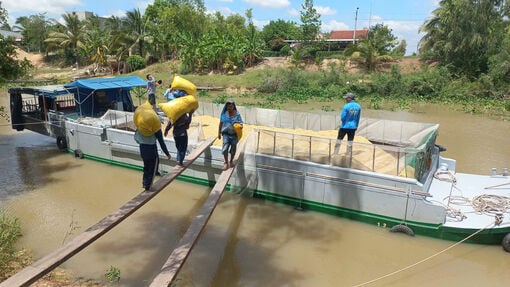

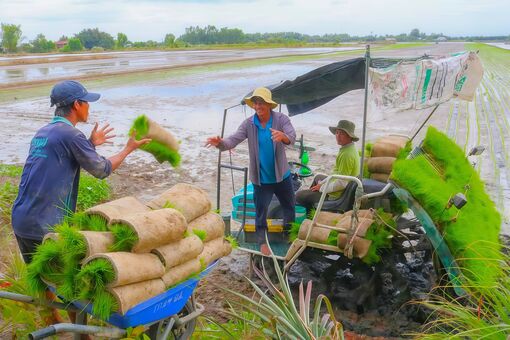


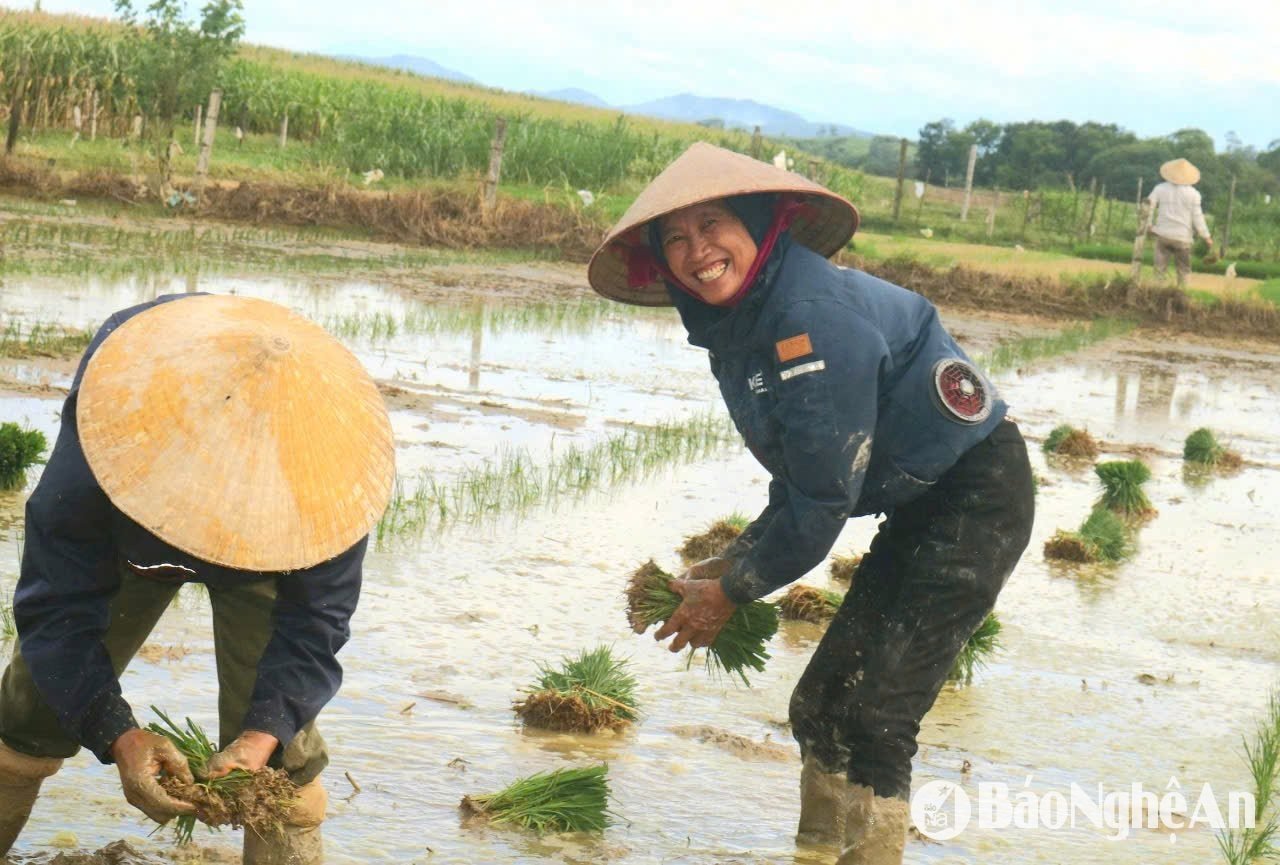

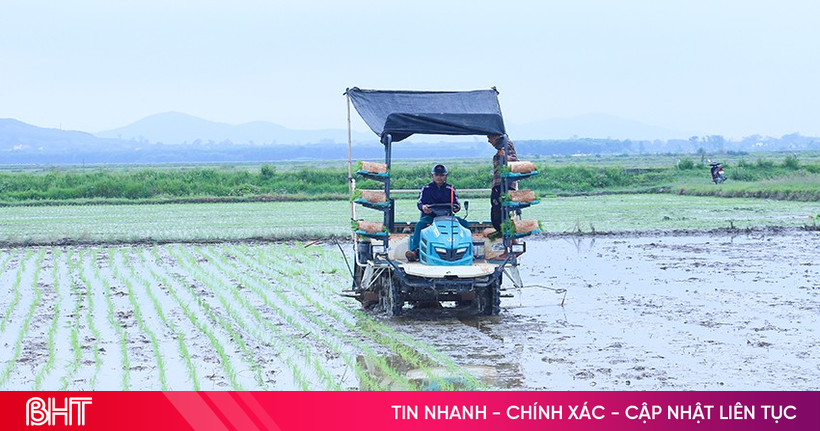


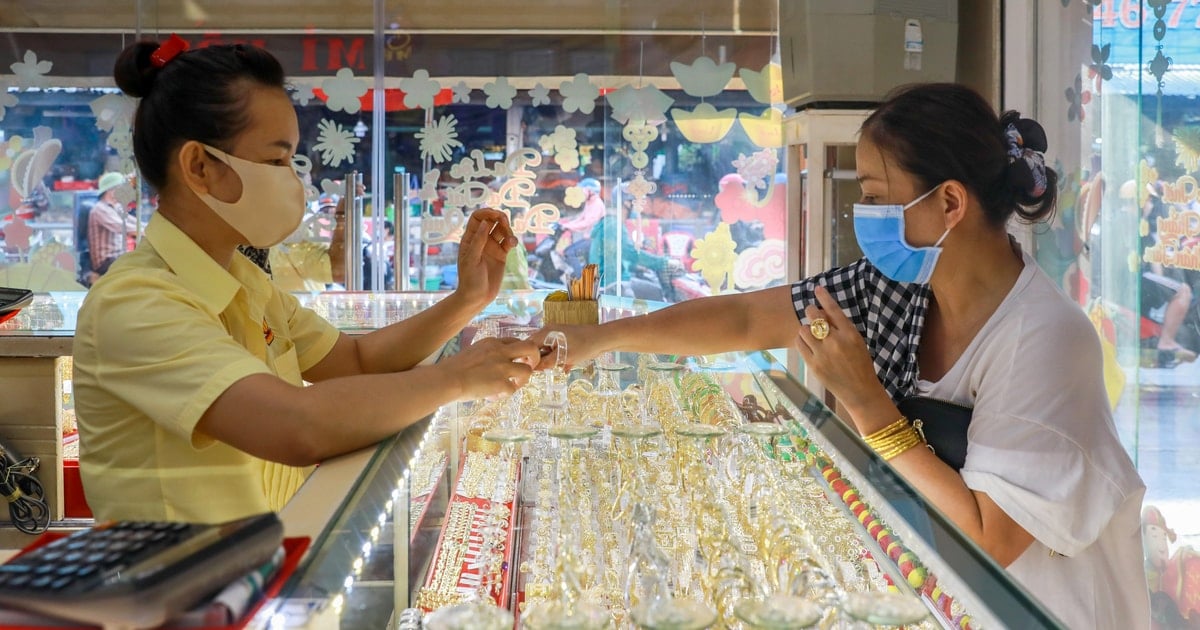
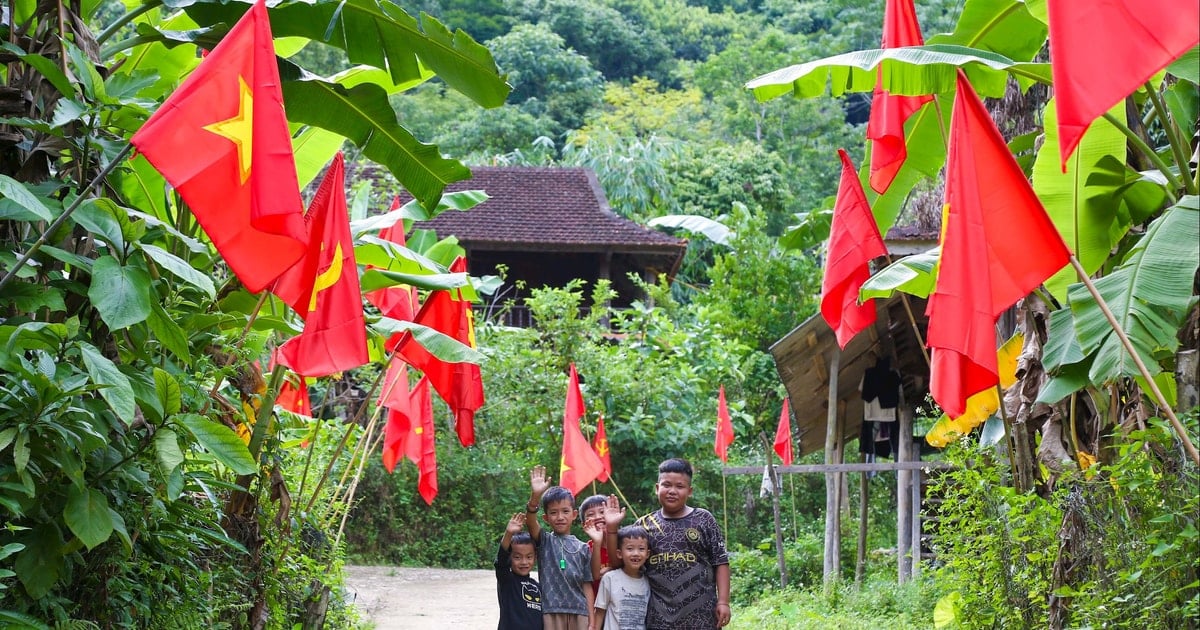
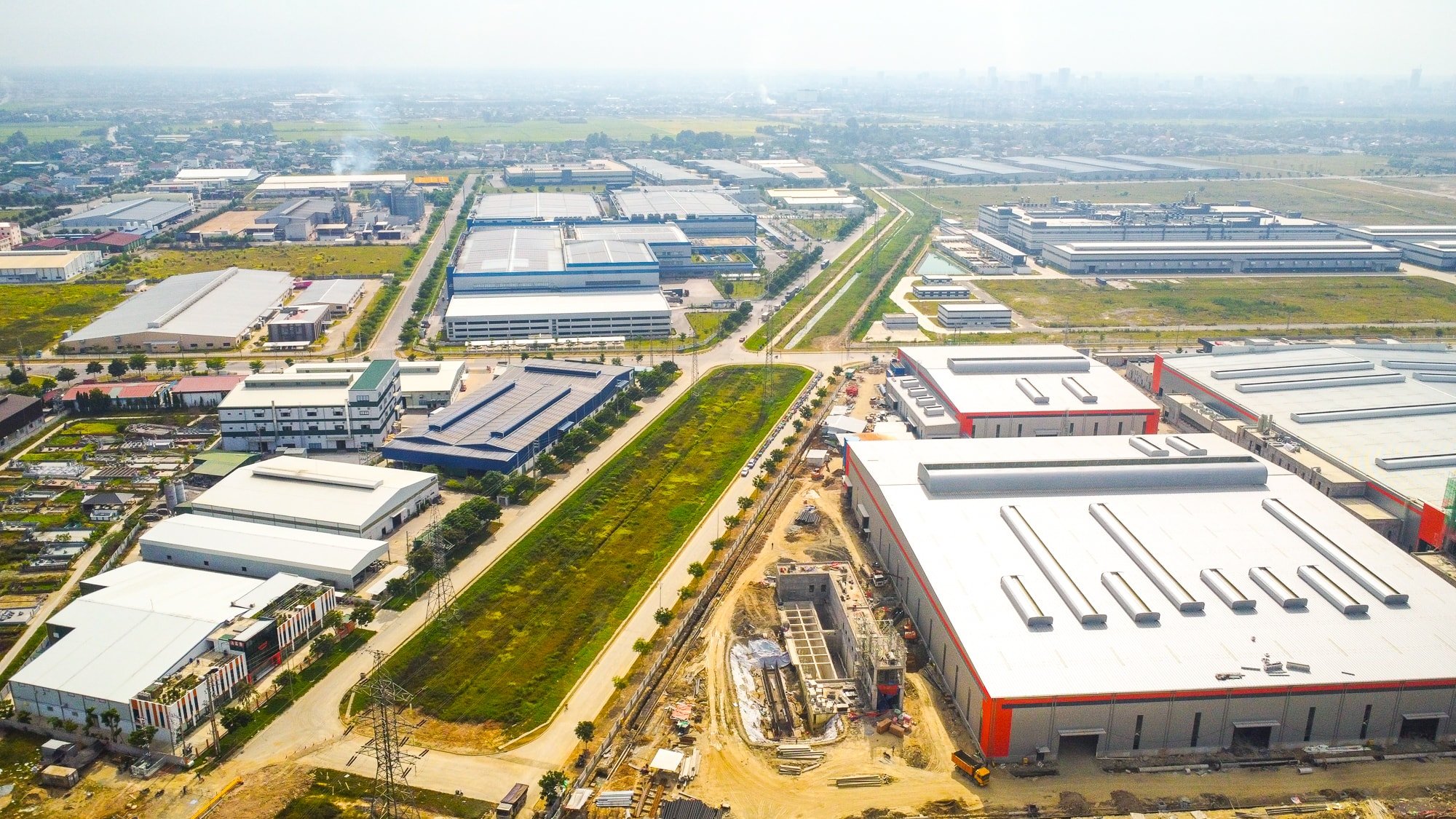

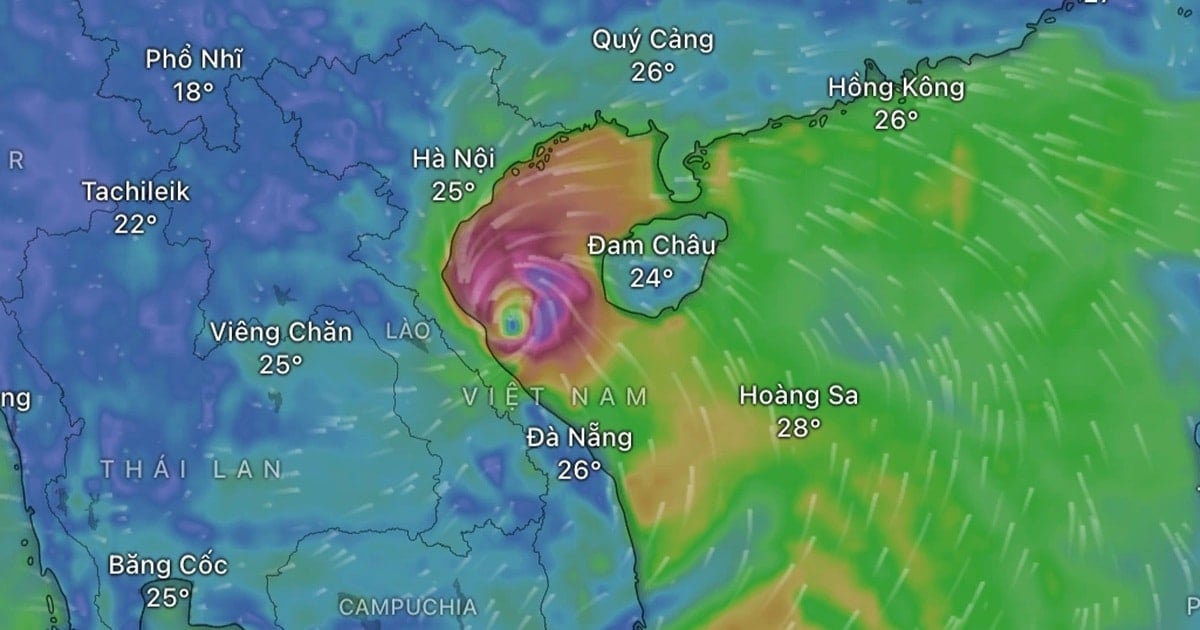
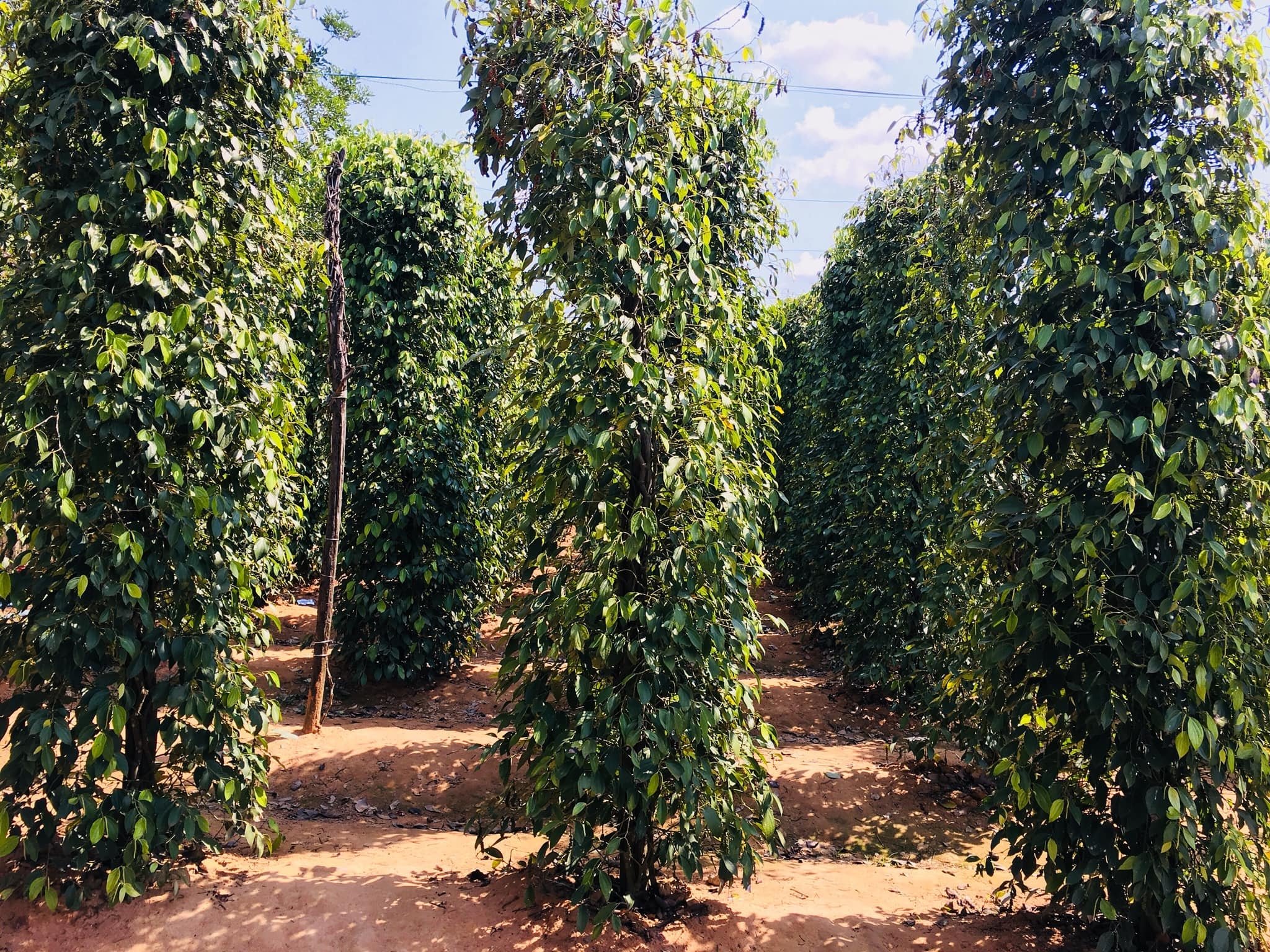




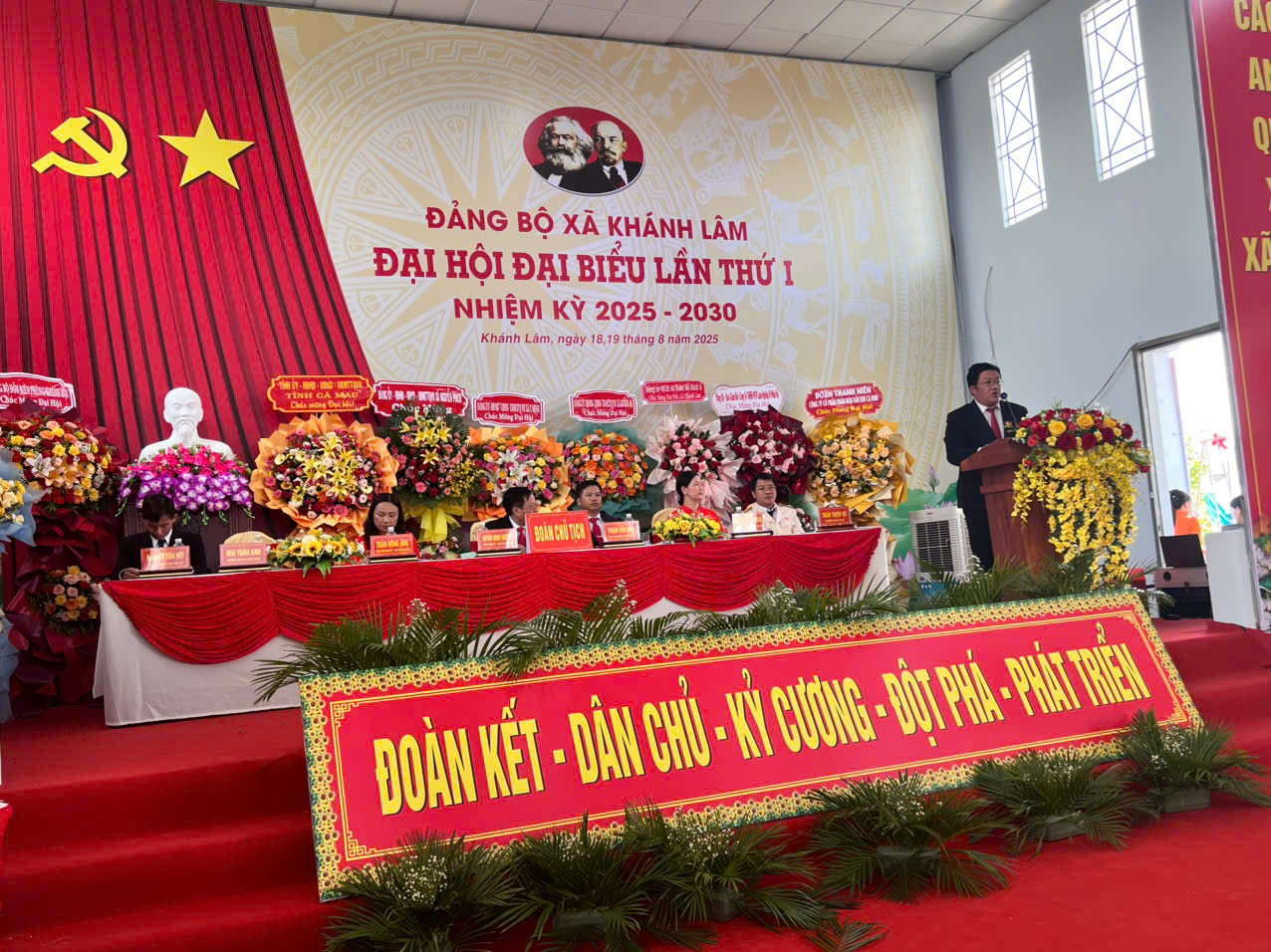

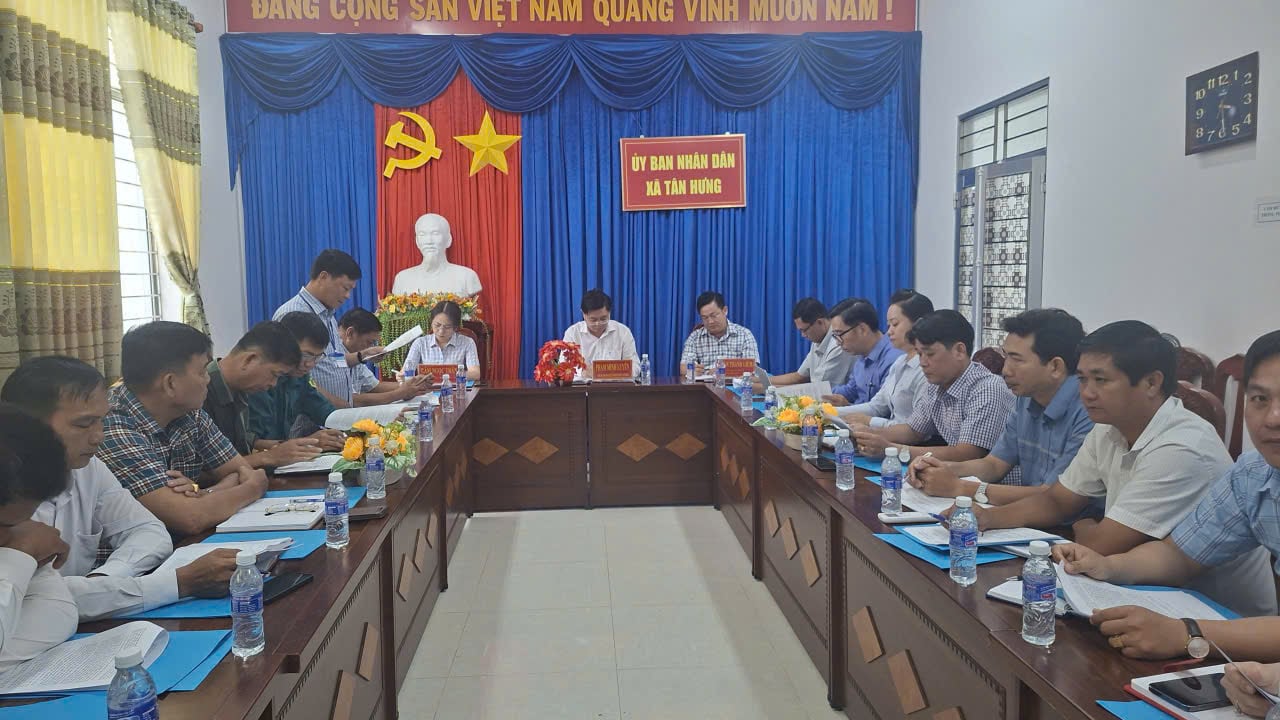
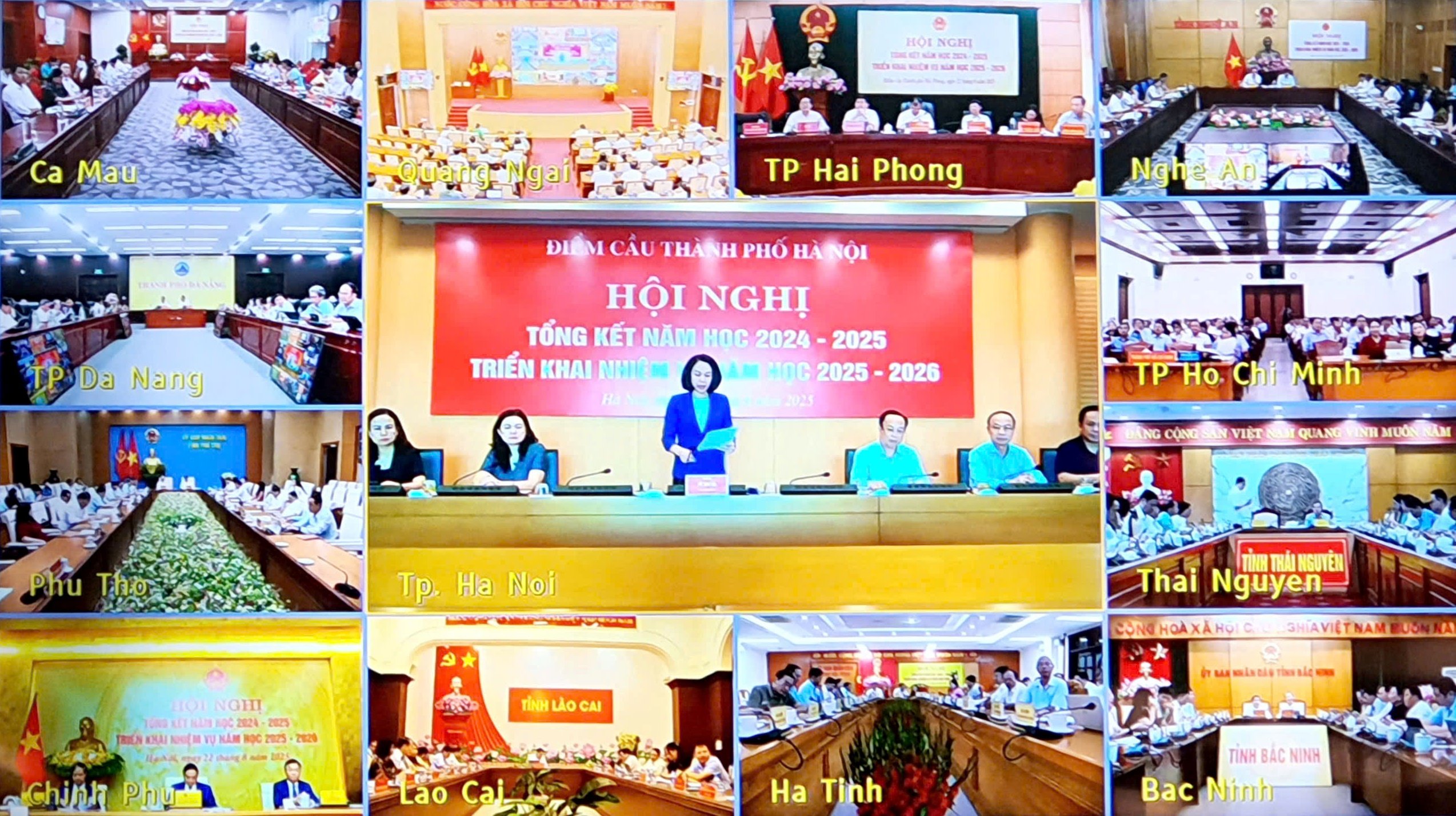






























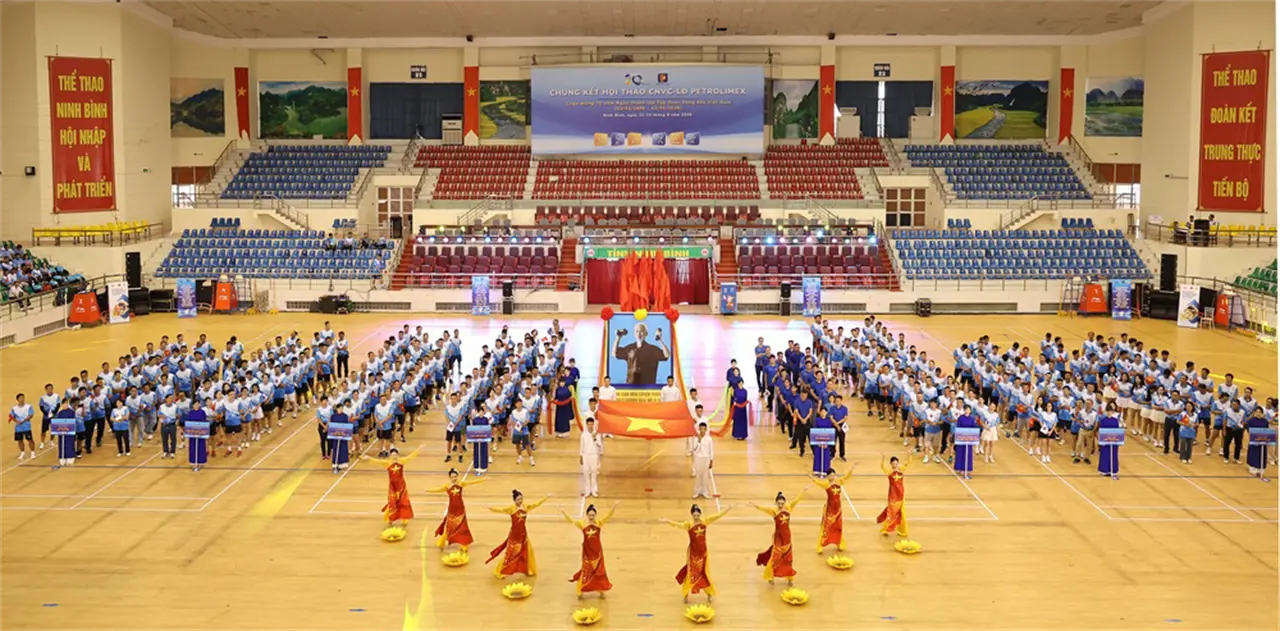







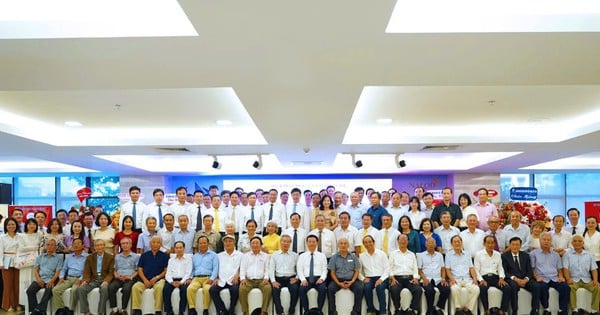

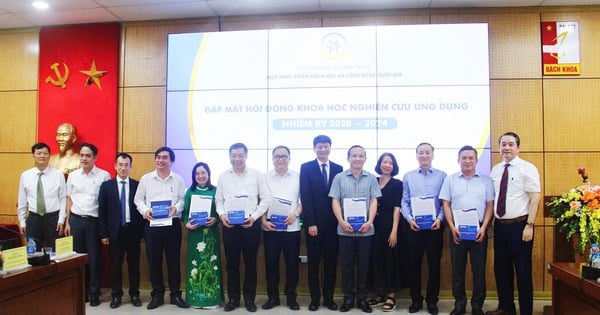
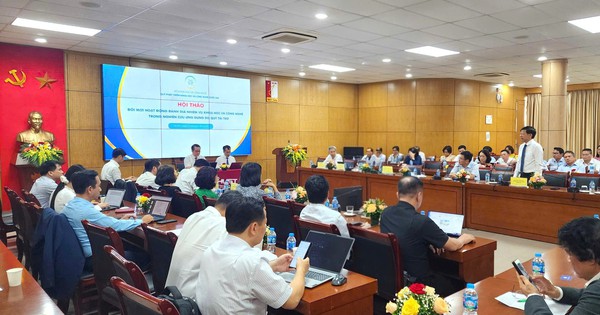




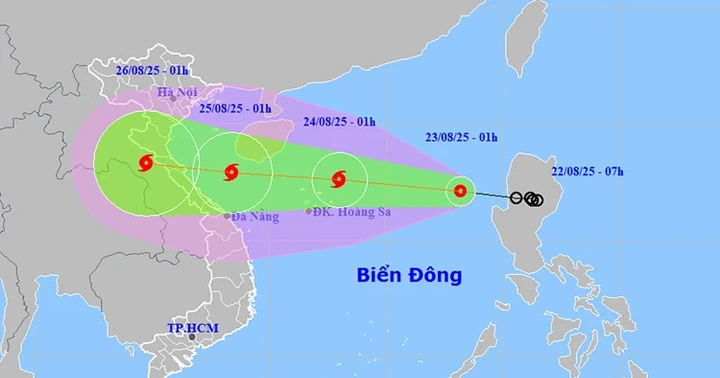






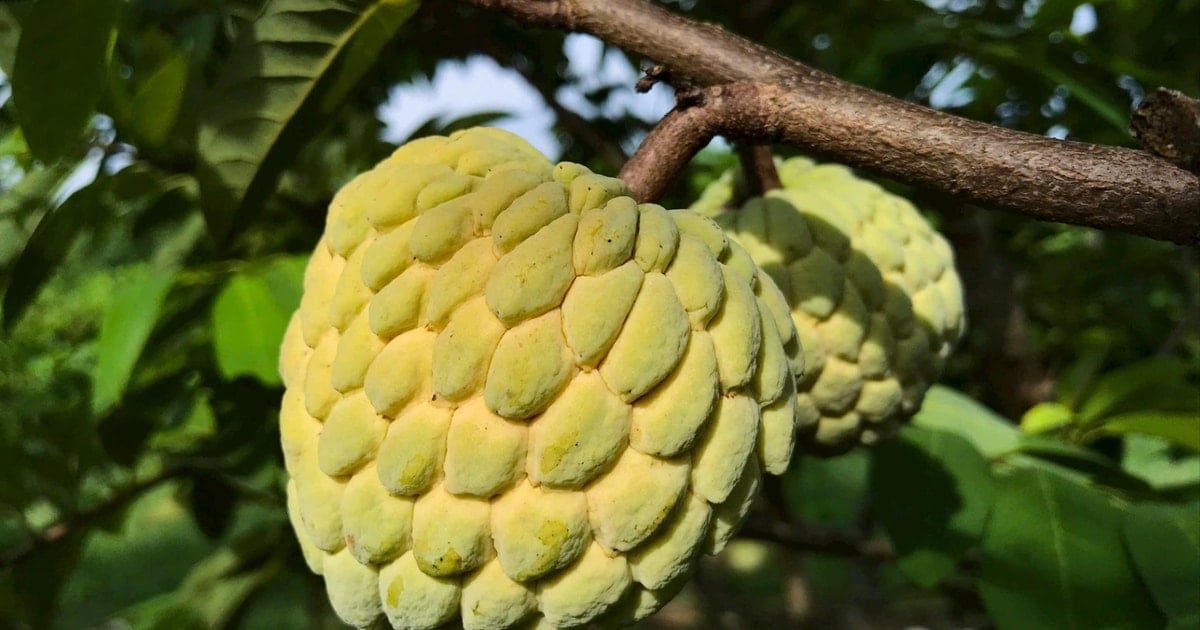
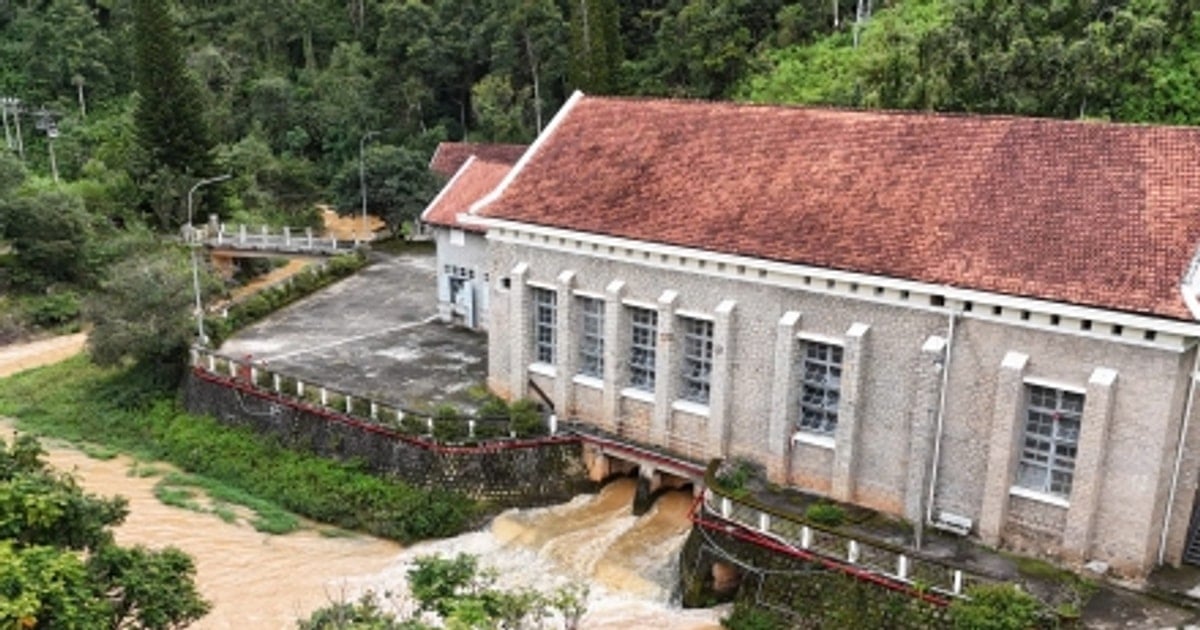
















Comment (0)